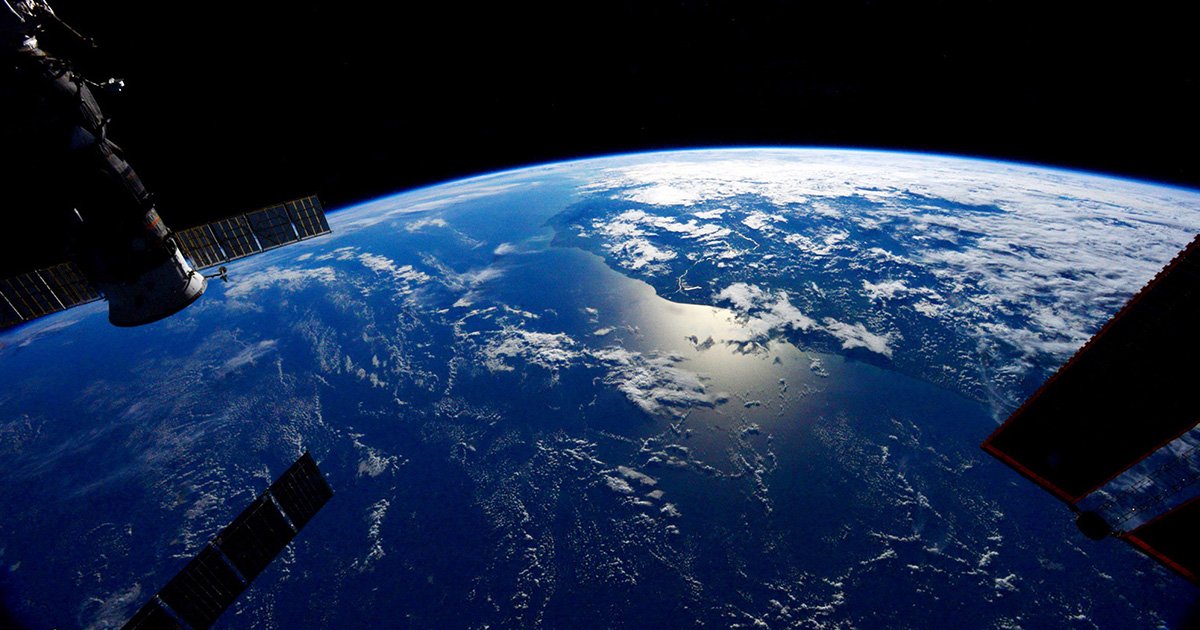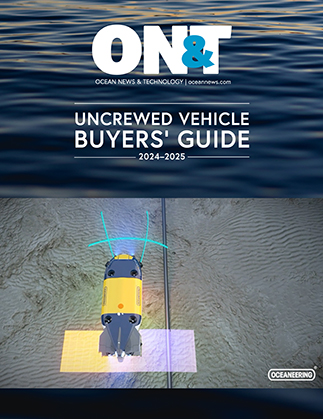Alongside a range of scientific recommendations, the roadmap also highlighted wider issues such as exploring the environmental impact of space activities and the role satellites can play in the evaluation of ocean carbon dioxide removal initiatives.
Satellites are currently the best tool for monitoring the global ocean and in recent decades there has been a boom in using satellite data for ocean carbon science; an essential research area in understanding climate change.
To help making the most of this amazing technology and ensuring the world’s satellite operations are up to the job in the years to come, some 449 scientists from across the globe came together to explore and discuss the topic of ocean carbon research from space.
This discussion workshop, held in February 2022, was organized by the European Space Agency (ESA) and Plymouth Marine Laboratory, with support from the US National Aeronautics and Space Administration (NASA). It aimed to capture a collective view of the current research status, identify gaps in knowledge and formulate the scientific roadmap for the next decade, with an emphasis on evaluating where Earth observations by satellites may contribute more.
The resultant roadmap, led by UK scientists Dr Robert Brewin from the University of Exeter alongside Dr Shubha Sathyendranath and Dr Gemma Kulk from Plymouth Marine Laboratory, focuses on scientific priorities and wider issues and is aimed at policymakers and funders, to help inform and guide top-level decisions on the future direction of ocean satellite monitoring.
Emerging scientific priorities identified include:
- expanding the networks and quality of in-situ observations
- improved satellite retrievals
- better uncertainty quantifications
- integrating vertical distributions
- further integration with models
- innovative techniques to bridge spatial and temporal scales of the different data sources
- improved fundamental understanding of the ocean carbon cycle, and of the interactions among pools of carbon and light.
The roadmap also highlights wider issues and concerns that arose during discussions, such as:
- importance of increasing diversity and inclusivity in the sector
- the need to consider the environmental impact of satellites or space activities
- the role satellites can play in monitoring ocean carbon dioxide removal approaches
- economic valuation of the satellite-based information
- how satellites can contribute to monitoring cycles of other important climatically-relevant compounds and elements
- the need for bringing together communities working on different aspects of planetary carbon
- maximizing engagement with international bodies
- following an open science approach
- exploring new and innovative ways to remotely monitor ocean carbon
- harnessing development in quantum computing
Dr. Bob Brewin, lead author on the paper and Senior Lecturer in Physical Geography at the University of Exeter, commented: “The ability to observe the ocean and its dynamic processes via satellites is hugely valuable and we are keen to optimize the use of this technology. The scales at which satellites can operate give us a much better understanding of what is happening in the ocean globally compared with relying only on direct sampling; however, combining satellite data with in-situ observation and models is vital in gaining a more complete comprehension. We hope this roadmap can help steer scientific and technological priorities in a direction that helps continue our advancing understanding of ocean carbon and climate change.”
Dr Shubha Sathyendranath, co-author on the paper and Merit Remote Sensing Scientist at Plymouth Marine Laboratory, added: “Understanding how the ocean carbon cycle is changing is imperative if we are to respond effectively to our changing climate. Satellites not only give us a global perspective but also allow us to understand the changes in different parts of the world ocean. This ultimately enables management strategies to be regionally tailored, ensuring they meet the needs of the people, industries and environment of those locations.”

